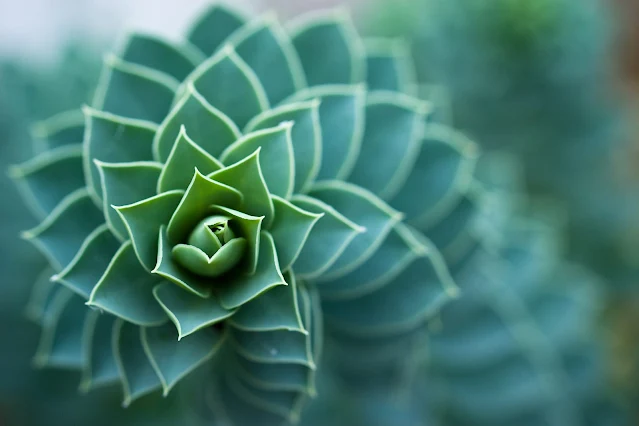The Golden Spiral in Wildlife Photography
 |
| Few compositional tools achieve harmony between subject and setting as elegantly as the Golden Spiral. (📷:medium.com) |
The Golden Spiral derives from the Fibonacci sequence and the Golden Ratio (approximately 1.618:1), a proportion celebrated since antiquity for its aesthetic appeal and natural prevalence in shells, galaxies, and leaf arrangements. In painting, architects and designers have long harnessed these proportions to create balanced, flowing compositions. In photography, the spiral translates that timeless harmony into a single sweeping curve (one that subtly guides a viewer to what matters most in your frame). By aligning a subject’s gaze, movement or primary action along the spiral’s arms, you create an almost cinematic journey through the image, heightening emotional resonance and visual cohesion.
Applying the Spiral to Wildlife Scenes
Wildlife photography presents two challenges: unpredictable subjects and richly detailed backdrops. The Golden Spiral helps overcome both by imposing a clear visual path.
 |
| (📷:empowervmedia) |
When shooting a prowling leopard, for instance, place its head or eyes at one of the tight inner coils and let its body and the surrounding grasslands follow the curve outward. This not only isolates the animal’s intent but also uses the spiral to absorb background clutter into a gentle lead-in line. In bird-in-flight shots, position the wingspan so the wingtip aligns with the spiral’s tight curve (then let the trailing feathers and sky occupy the broader arcs). The viewer’s eye naturally tracks along this path, experiencing the bird’s motion as a continuous, graceful flow rather than a static snapshot.
 |
| In bird-in-flight shots, position the wingspan so the wingtip aligns with the spiral’s tight curve. (📷:wallpapercave) |
Exemplary Work
Consider Chris Fallows’s iconic image of a great white shark breaching the surface. In his composition, the shark’s snout sits at the spiral’s eye (its body and splash arcing outward in widening coils). The water’s spray echoes the spiral’s rhythm, reinforcing a sense of explosive energy that feels both orchestrated and wild.
 |
| In Chris Fallow's composition, the shark’s snout sits at the spiral’s eye. (📷:ChrisFallow) |
Similarly, in the intimate photograph by Ami Vitale below, a baby elephant is sheltered beneath its mother, with its head gently positioned near the spiral’s innermost coil. The curve of the mother’s legs and underbelly frames the calf in a protective arc, guiding the viewer’s eye naturally through the composition. The soft morning light, textured grass, and blurred greenery in the background follow the outer curves of the spiral, reinforcing a visual narrative of safety, nurturing, and quiet connection. These subtle supporting elements enhance the emotional weight of the scene without distracting from its central bond.
 |
| The curve of the mother’s legs and underbelly guides the viewer’s eye naturally through the composition. (📷:AmiVitale) |
Crafting Your Own Frames
Start by visualising (or better yet, overlaying) a Golden Spiral grid on your camera’s live view. Many mirrorless systems and smartphone camera apps now include compositional overlays; if not, imagine drawing a simple “9” that repeats inward. Before you shoot, determine your primary focal point (usually the animal’s eye, head, or most dynamic body part) and position it at the spiral’s tightest coil. Then, arrange your background and secondary elements (landscape lines, foliage, dust clouds) to follow the widening curves. If shooting handheld, this can feel abstract; practice with static subjects (e.g., a still scene in a zoo or sculpture) to build the muscle memory of framing along a spiral before tackling unpredictable wildlife.
 |
| Before you shoot, determine your primary focal point and position it at the spiral’s tightest coil. (📷:99designs) |
Post-processing can refine your intent: subtle cropping guided by a spiral overlay can perfect the flow, while gentle vignetting along the outer coils can keep the viewer’s attention sweeping inward. Remember, the goal is not strict adherence but a harmonious suggestion (the curve should feel natural, not forced).
 |
| The Golden Spiral guides the eye along a rhythmic curve. (📷:pinterest) |
⭐⭐⭐
*During the preparation of this work the author used Large Language Models (LLMs) in order to brainstorm on arguments that could be used in the article. After using these tools, the author reviewed and edited the content as needed and takes full responsibility for the content of the publication.



Comments
Post a Comment